A psychological ride on screen, Persona takes the viewer places they would not want to go. From a classical perspective, this movie seems like the story of two women bonding in a beach home. However, there is a lot more than that. The director perfectly takes advantage of close-ups and extreme close-ups to create an inner meaning.
The actual movie does not start until we see series of close-ups portraying brutal actions like a nail being hammered on a hand. Perhaps a reference to the Crucifixion of Jesus. Then some characters appear who are not in the rest of the movie. Following these mind-boggling scenes, the viewer is finally introduced to the main characters Alma and Elizabeth. Alma is a nurse in a mental hospital and has been assigned to take care of the famous actress Elizabeth. They are sent to a beach home and the viewer starts to question who is actually taking care of whom. Elizabeth never speaks a word and this leads to Alma opening up herself to her. She confesses her darkest secrets.
While the course of actions seems normal, the way they are portrayed on screen are rather interesting. For example, the actors break the fourth wall and look into the camera at some points in the movie.
The framing of the scenes makes the viewer uncomfortable at times. For instance, when Alma is speaking with Elizabeth, there is always an uneasy feeling between them. The appearance of shadows and dark tones create this tense atmosphere. This tension eventually leads to Alma’s outburst as she realizes how similar they are and how much she hates Elizabeth. Psychological images are used all throughout the movie to show the characters’ state of mind.
Lastly, elements of meta-cinema can be traced in this film. The fact that Elizabeth is an actress gives the first hint. However, the director also inserts shots of the filming process. We see a film crew on the beach and the camera rolling. These shots also break the fourth wall making the audience feel uneasy and self-conscious.
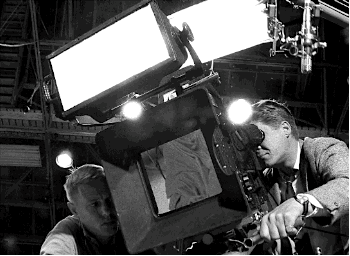







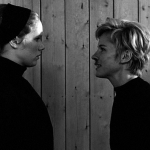






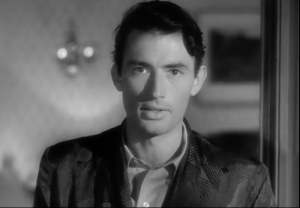



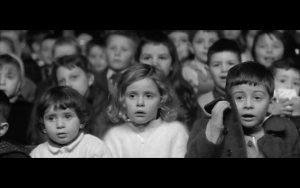
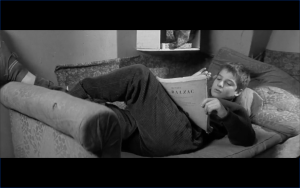
Leave a Reply